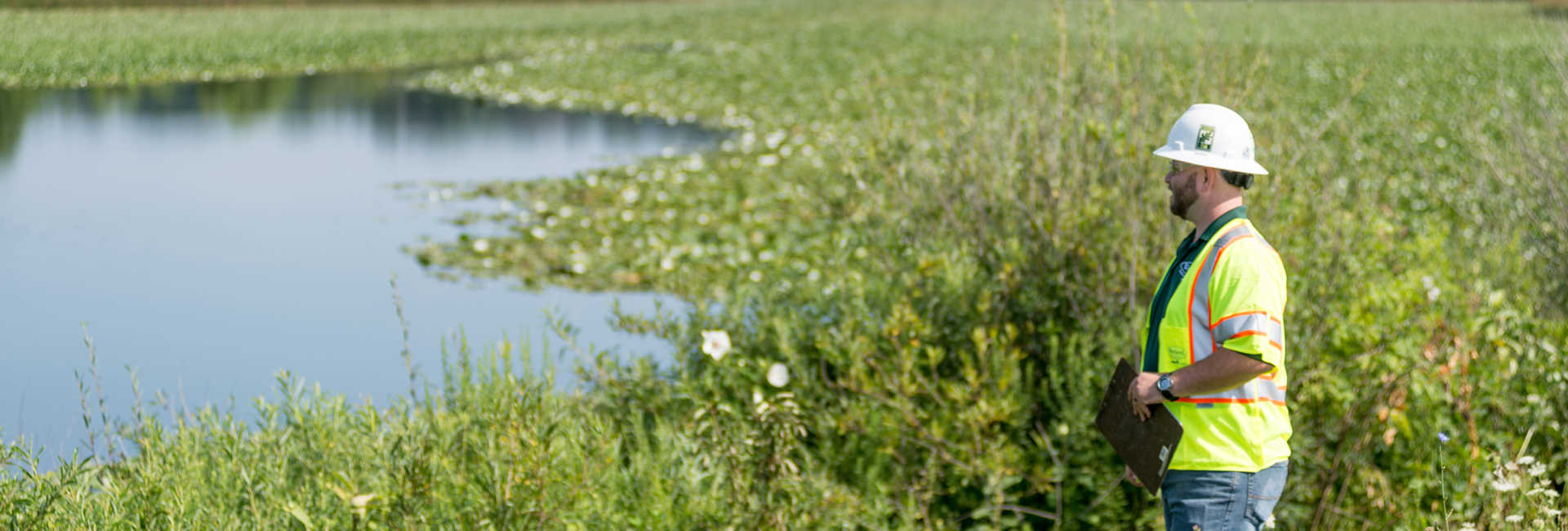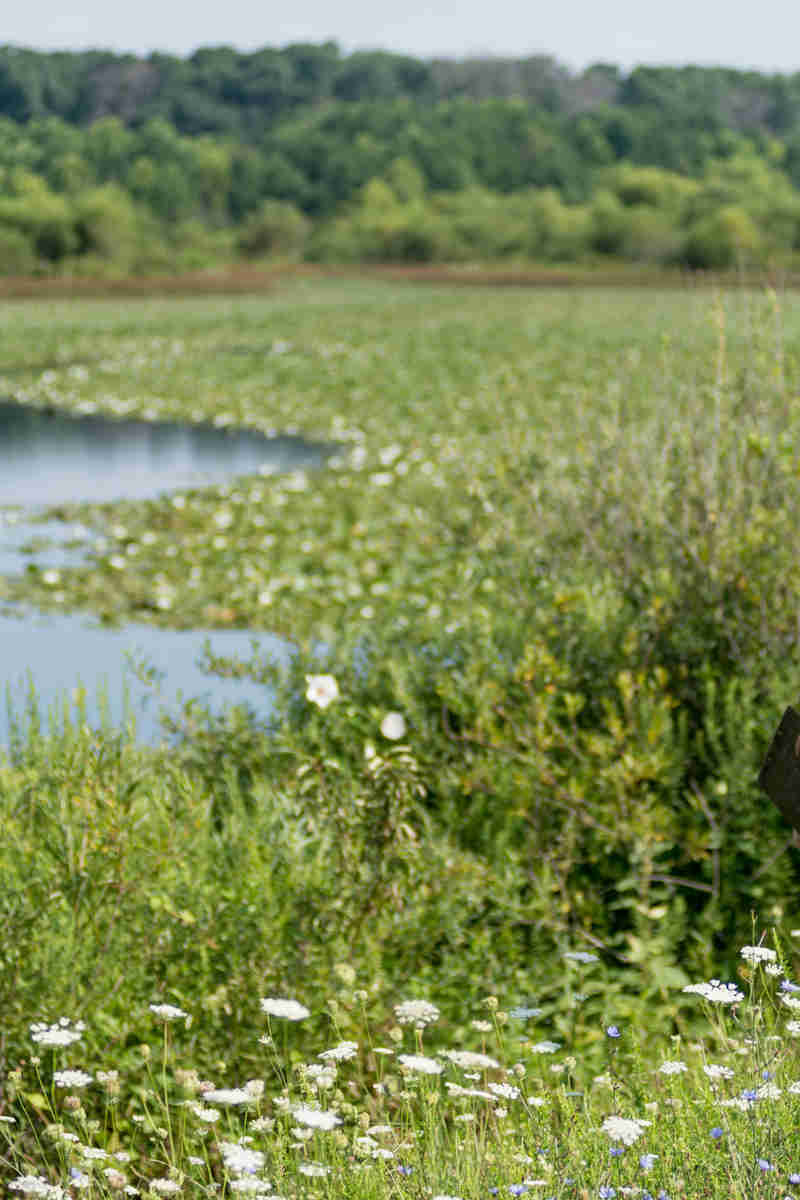Runoff generated by rainfall or melting snow that flows from impervious surfaces such as roads or parking lots transports a wide variety of pollutants that can have a negative impact on nearby waterways. According to the US EPA, the water picks up dirt and dust, rubber and metal deposits from tire wear, antifreeze, lubricants, engine oil that has dripped onto the pavement, and other litter, such as discarded cups, plastic bags, cigarette butts, and sediment. The EPA lists stormwater challenges as a major reason why nearly half of our waterways fail to meet national water quality standards. Interstate highways are a major source of waterway pollution.n I-75, for example, is an interstate highway that stretches from Cincinnati to Toledo, Ohio, and is traveled by 150,000 vehicles each day. The pollution generated by these vehicles and then passed into waterways through stormwater runoff is substantial. In 2015, a 0.63-acre bioretention basin was installed for stormwater control to filter the runoff from I-75 before it enters Mill Creek.
A Sustainable Solution

Large-scale green infrastructure can greatly contribute to the solution of this problem by making water runoff from waste into a useful resource. Roadside stormwater control measures, such as permanent stormwater retention/detention ponds, slope protection, or vegetated strips, are all sustainable means to reduce runoff pollution. As polluted stormwater moves through these vegetated systems, sediment and metals settle out and microbes present in the soil break down the complex hydrocarbons found in oil and grease before finally filtering down into the underground water table. These green infrastructure systems replicate natural ecosystems and increase climate resiliency by detaining stormwater during heavy rain events.
Inadequate operation and maintenance of stormwater control measures (SCMs) can adversely affect performance in multiple ways. SCMslocated in heavily urbanized areas have unique health and safety issues that may need to be addressed, such as working adjacent to busy roadways, illegal dumping challenges, and mitigating potential biohazards. SCMs can also be negatively impacted when dead or missing vegetation in bioretention, bioswales, and other features lose the pollutant uptake and evapotranspiration benefits provided by the plants.
Davey Resource Group has certified professionals on-staff across the country that can assist with green infrastructure inspection and maintenance to keep you on the road to cleaner waterways.



